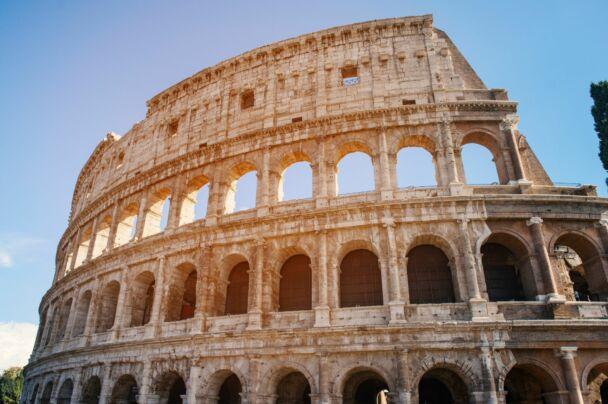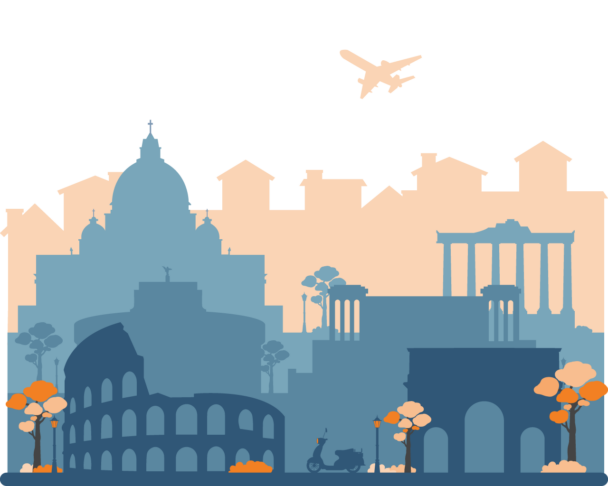Description
Rome, also known as the Eternal City, is a treasure chest of majestic monuments, hundreds of churches, and spectacular fountains that shape its stunning skyline, making it the city with the highest concentration of historical, archaeological, artistic and architectural heritage in the world.
The course will accompany the participants to discover the astonishing cultural heritage in the city, which will be taken as an example to explain the principles of Cultural Heritage Education (CHE).
This approach promoted by the Council of Europe aims to incorporate heritage education more effectively in school curricula in order to raise awareness of common history and values among the younger generations and strengthen the sense of belonging to a shared European cultural and political space.
Because of the immersive first-hand approach of this course, students will strengthen their visual and critical thinking skills, delving into a broader range of knowledge about the protection and valorization of cultural heritage to seek a European identity that ties itself to common and tangible roots.
The course provides a guided tour in the city center that emphasizes the stunning monuments such as the Colosseum, the Pantheon, and the grandiose archaeological area of Fori Imperiali.
The course program offers entrance to various museums and/or the most beautiful churches which may vary depending on the exhibitions open and the museums’ offerings.
What is included
Learning outcomes
- Provide a historical framework concerning the cultural heritage and the artistic universe of Rome;
- Fostering critical and visual thinking skills that motivate students to reach a deeper level of active learning;
- Lead students in history and art activities inspired by classical works of art and architecture;
- Appraising the value and importance of cultural heritage for inclusive and sustainable social community;
- Creating a European identity through Cultural Heritage Education (CHE) and museums digital resources.
Tentative schedule
Day 1 – Introduction to cultural heritage education
- Introduction to the course, the school, and the external week activities;
- Icebreaker activities;
- Presentations of participants’ schools;
- Introduction to the cultural heritage concept, defining the European and international valorisation policies.
Day 2 – The cultural heritage of Baroque Rome
- The magnificence of frescoes, sculpture, and Baroque architecture that characterizes Rome;
- Visit Palazzo Barberini or other museums;
- Hands-on work! Scavenger hunt in museums and churches.
Day 3 – Exploring ancient Rome artworks and architecture
- Learning from the past: the heritage of Roman art is ever-evolving;
- Guided tour to discover the secrets of the Colosseum, Fori Imperiali, Capitolium Hill, and Pantheon.
Day 4 – The Cultural Heritage Digitization
- Integrate Art & Culture digital tools and archives in your classroom; the European database to create a common identity with Cultural Heritage Education;
- How to organize a visit with students to a historical site.
Day 5 – The modern cultural heritage of Rome
- Studying Arts in Rome: the Academia concept;
- Final brainstorming on tangible, intangible, and digital heritage;
- Final Cultural Activity.
Day 6 – Course closure and cultural activities
- Course evaluation: round-up of acquired competencies, feedback, and discussion;
- Awarding of the course Certificate of Attendance;
- Excursion and other external cultural activities.




